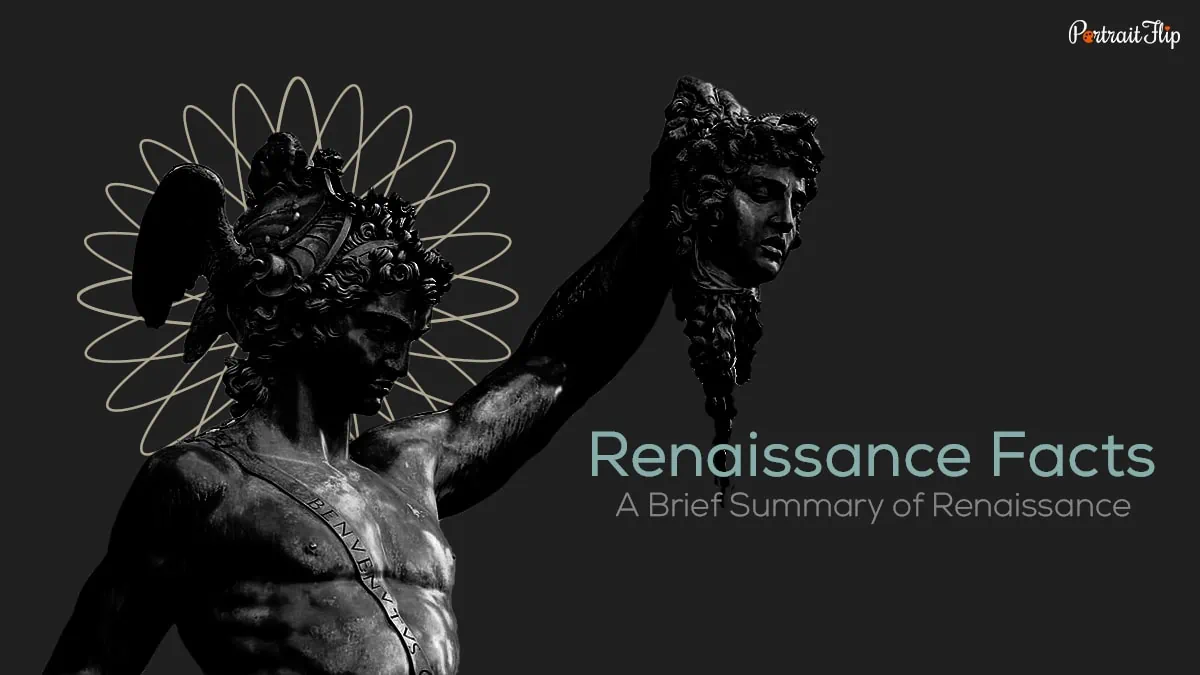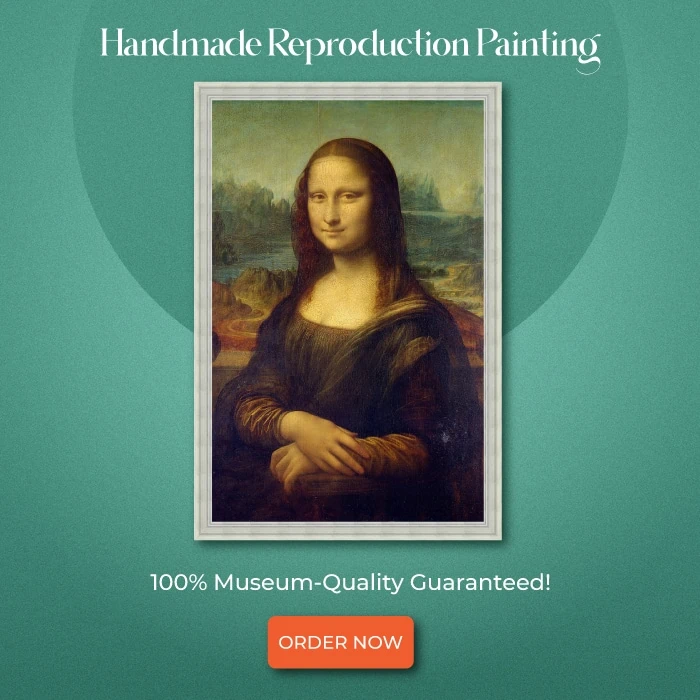It won’t bore you, but it’ll take you hours to understand the timeline of the Renaissance.
The Renaissance is a broad concept that played a key role in the development of European art.
It also left an indelible mark on various art movements that took place after its end.
Art lovers see it as a period when the world’s most expensive artworks were created, but there’s a lot that the Renaissance influenced and brought into existence.
Today, we’ll take you through some interesting Renaissance facts and educate you on various inventions that happened during the Renaissance.
(Read: Famous Paintings By Leonardo da Vinci)
Table of contents
What is the Renaissance? (Simple Words)
The Renaissance was a European art period that developed from the 14th century to the 17th century.
It was formed in post medieval times and bridged the gap between the Middle Ages and modern history.
Basically, it opened doors for many artists, scientists, writers, and others to discover new opportunities to expand their knowledge.
Abandoning the ideas and concepts that revolved around the Catholic Church or religious subjects was its primary goal.
(Read: 13 Famous Jesus Artworks)
Key Facts About Renaissance:
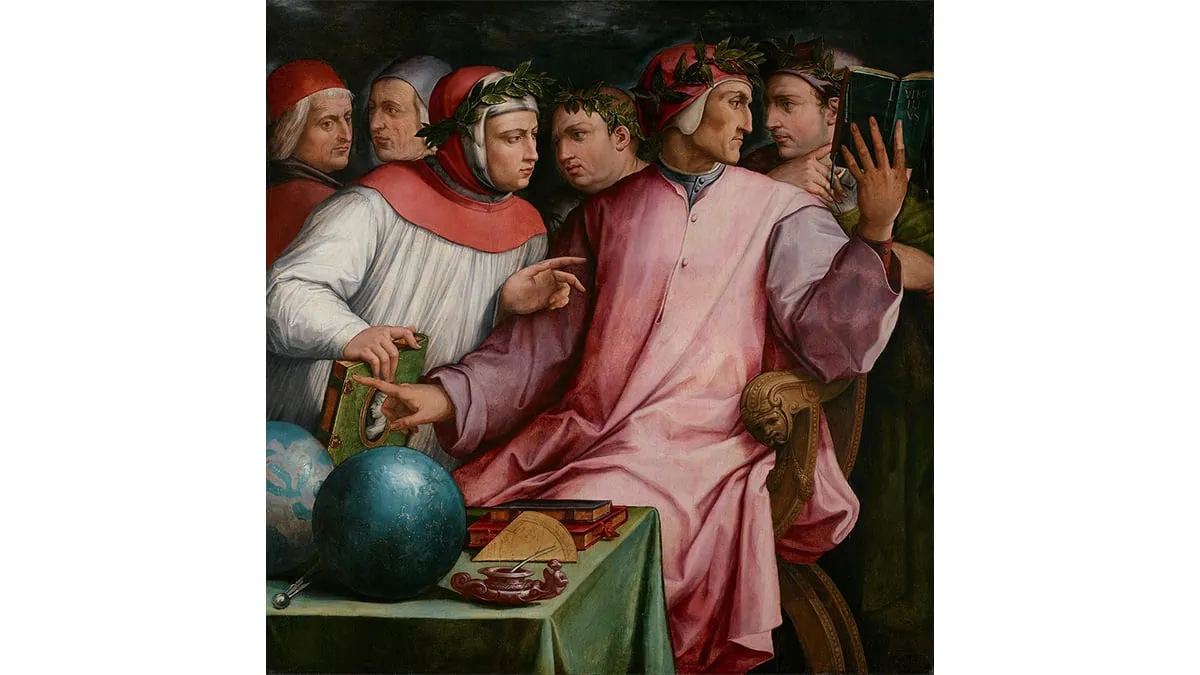
- Renaissance was formed in Florence, Italy, in the 14th century.
- The word renaissance refers to “Rebirth”; it’s a revival of classical Greek and Roman philosophy.
- After the fall of the Roman Empire, a large number of incredible works of art went missing. But it was Dante Alighieri and Francesco Petrarch who ignited the curiosity of people through their works on ancient ideas and art concepts.
- The Renaissance revolved around the concept of humanism, which focused on human interests.
(Also Read: Harlem Renaissance & Its History)
Humanism in the Renaissance:
Renaissance Humanism restored interest in the classical world and studies that focused on humans and not deities.
The Italian author Petrarch put effort into collecting lost old manuscripts and presenting them in his own works.
The intellectual movement promoted civic virtue and showed the relevance of an education in classical literature.
When we speak of humanism, we refer to all those who worked on their own social potential.
In simple terms, you should have the freedom to express yourself through any means. That’s why the development of the Renaissance aided to thousands to read, write, and interpret ideas.
The Renaissance brought many positive changes and let people invent various tools and technologies.
But first, let’s see the two important periods of the Renaissance: Early Renaissance and the High Renaissance.
(Suggested: What is Fresco Painting)
Early Renaissance Facts:
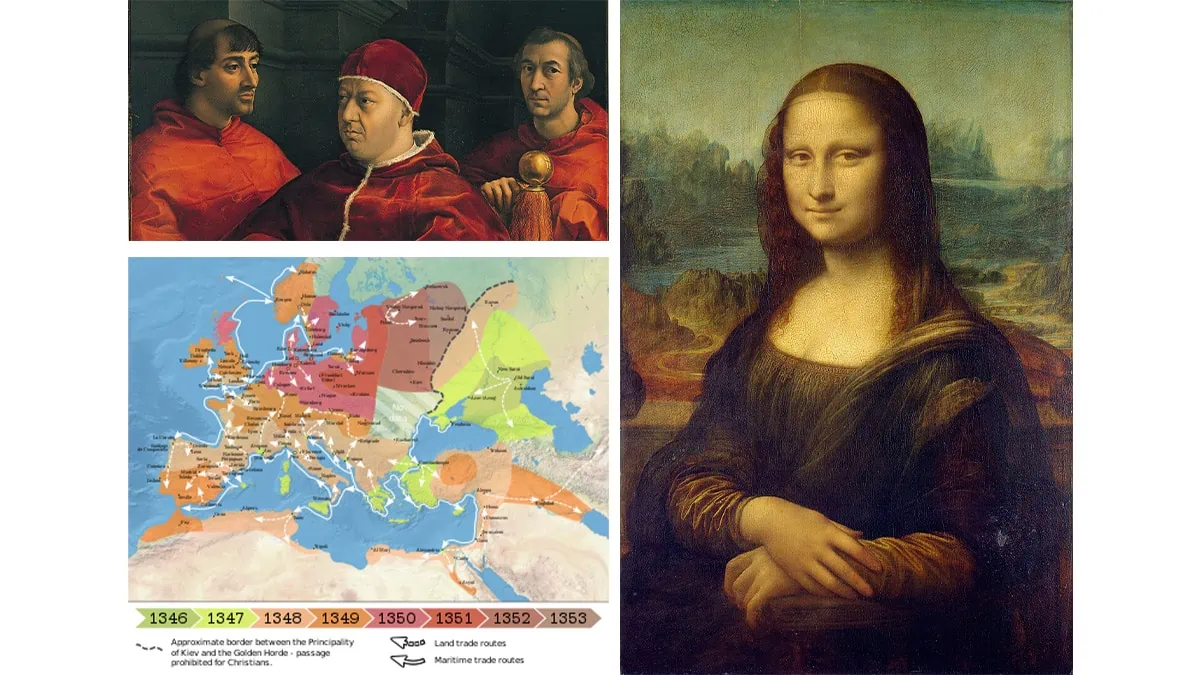
- The Renaissance originated in Italy because it was a country of wealthy and powerful people.
- During the Renaissance, Italy was known as the cultural capital of Europe.
- Most artworks made between 1400 and 1495 focused mainly on humans and Greek and Roman-inspired scenes.
- Black Death was the reason for the foundation of Renaissance in Italy.
- The Bubonic Plague, a.k.a. the Black Death, killed half the population, and the ones who survived built their wealth out of jobs and businesses since competition wasn’t fierce.
- The Black Death enabled rich people to invest in art and display; among them, The Medici family was the most prominent.
- Painting techniques like Chiaroscuro and trompe l’oeil were popular during the Renaissance.
- It is also in this era where the art community was gifted with several talented famous portrait painters!
The Black Death and Renaissance:
Europe’s one third population was wiped out by the Black Death. But it brought some positive changes to the economy, helping the Renaissance rise above one’s expectations.
You’re infected with the Black Death one day, and you’re dead the next day. The situation was worse; it was the darkest period in Europe.
But it opened a few doors that aren’t only lucrative but also sustainable. Those who survived reaped their benefits.
The stage of exploration took place after the surge of the Black Death.
Abundant areas of land were left without landowners, which resulted in a decline in prices. Also, feudalism, which was famous in the pre pandemic period, collapsed, and Europe saw a shift in its socio-cultural aspects.
Many faces came forward and promoted the idea of exploration; on the other hand, there was an increase in wages, and a subsequent decrease in wealth inequality.
During the period, warfare was at its peak, and the money made due to the pandemic, was used to explore new colonies and fund wars to compete against other nations.
Over 20 million people were dead, and the ones who survived became affluent in no time as they realized the opportunity to build wealth.
Most of them came out to be patrons, including the famous Florence family, the Medicis, who knew the ins and outs of banking, funded renowned painters like Da Vinci and Michelangelo.
Europe, during the 14th century, was susceptible to disease, which focused on export, leading to their unimaginable progress in business and art.
Goods exchanged with Asia led to the foundation of European society, shaping art, culture, and religious aspects of it.
The rise of capitalism and the fall of feudalism, major outcomes of the plague pandemic, developed a sophisticated economic system, bringing Europe’s arrival into the Renaissance.
(Also Read: 12 Most Famous Paintings By Raphael)
High Renaissance Facts:
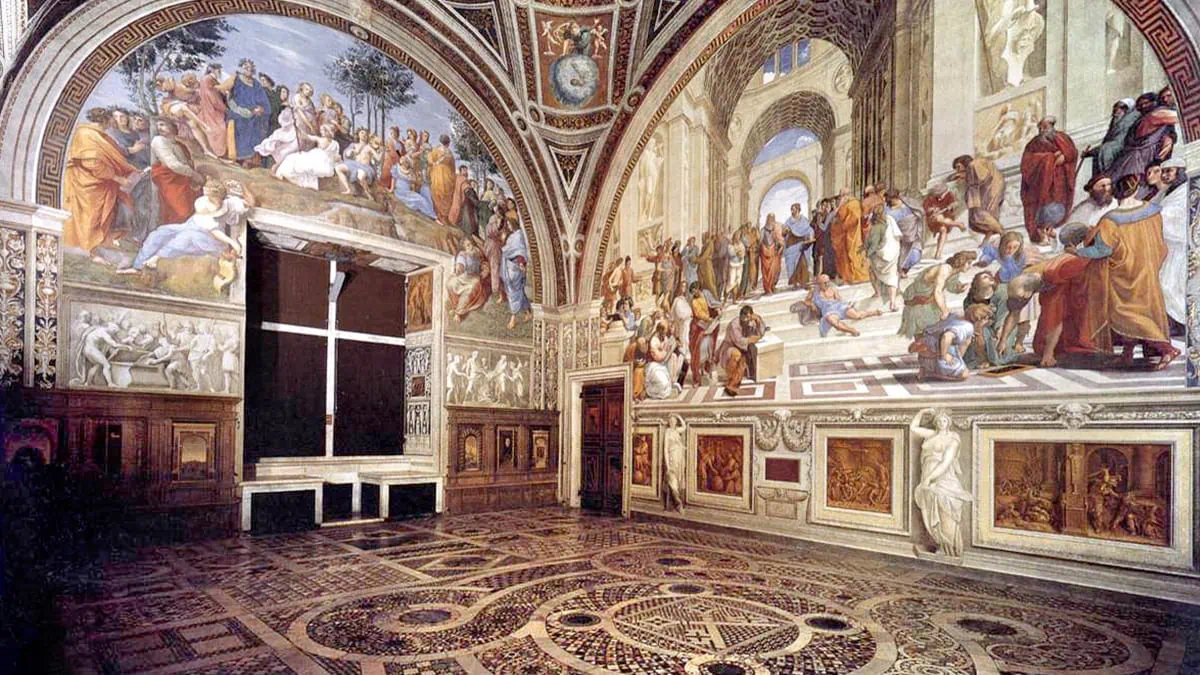
- High Renaissance lasted for 35 years, from the early 1490s to 1526.
- The period revolved around the works of three of the most famous painters: Raphael, Leonardo da Vinci, and Michelangelo.
- Leonardo da Vinci was the biggest contributor to the Renaissance and was often regarded as the Renaissance Man.
- The Renaissance spread through different parts of Italy, such as Venice, Milan, and Rome, and then Western and Northern Europe.
- The Medici family funded many Renaissance artists, including Donatello, Sandro Botticelli, and Lorenzo Ghiberti.
- Many popular art pieces were created, including The Last Supper, The Birth of Venus, The Creation of Adam, and others.
- Many artists relied on patrons and wealthy families to produce their artwork.
- European commerce was at its peak during the high renaissance.
Renaissance & The Medici Family:
The Medici family, which ruled Florence for centuries, helped the Renaissance flourish throughout Europe.
The Medici were merchants and bankers but also art freaks who made every possible effort to own the finest pieces ever made during the Renaissance.
The wealthy family of Florence funded countless artists; geniuses like Michelangelo, Da Vinci, and Sandro Botticelli, used to work for them.
Nobody ever thought that the city of just 60,000 people would ever take the Renaissance to the next level.
The wealthy elites first commissioned artists to create statues for their gardens. Later, they moved to bigger projects and commissioned artists mainly to adorn their palace, chapels, and lobby.
Lorenzo Medici played a key role, leading the family business from the front. The family commissioned painters to create their self portraits and capture various scenes to showcase their admiration for art.
The idea to decorate the palace and make themselves look sophisticated turned out to attract people, which resulted in more artists working for them.
A large number of guests began showing up at Medici’s palace.
They were attracted to works of Renaissance art that covered different events like Pisa’s defeat by Florence, the glory of Grand Duke Cosimo de’ Medici, and incredible military victories.
It wouldn’t be for anyone if it weren’t for the Medici family. Because of them, the Renaissance flourished across Europe, and we saw a boom in businesses and a dramatic shift in the way art was created and perceived.
(Suggested: 12 Paintings by Botticelli)
Inventions in Renaissance Period:
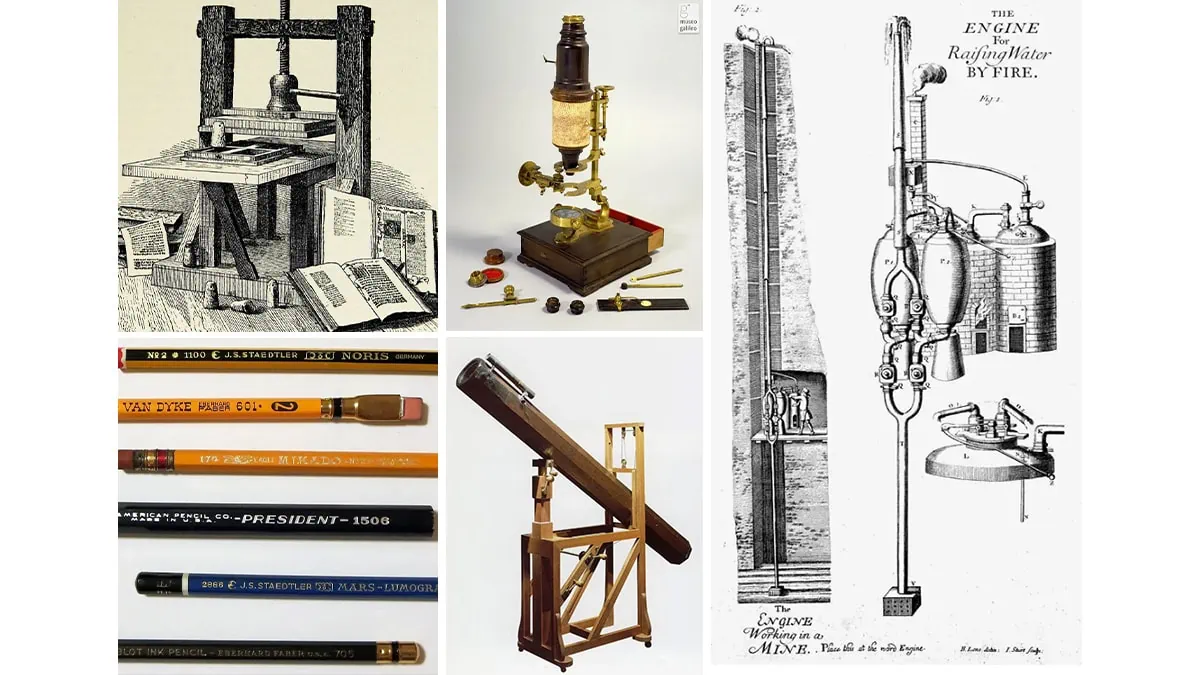
- Bernacotti, a couple from Italy, invented the first wooden pencil in 1560, in the era of the Renaissance.
- The most significant invention of the Renaissance was the printing press. Johannes Gutenberg was credited with inventing the first printing press in 1436.
- Zacharias Jannsen invented the first microscope in 1590. It was two- lenses microscope
- Even the first telescope was invented during the Renaissance in 1608. Later, Galileo Galilei went ahead and made an updated version of telescope in 1609.
- The hottest innovation of the Renaissance was the steam engine, which led to the industrial revolution.
Conclusion
Several factors contributed to the formation of the Renaissance—the Black Death, warfare, trade opportunities, the involvement of the Medicis, and others.
If even one of them hadn’t extended their support, the Renaissance wouldn’t have thrived in Europe.
The Renaissance produced many famous painters; whose works later inspired artists from different art movements.
The impact of the Renaissance lasted for four centuries, but it was at its peak from the early 15th century to the early 17th century.
Frequently Asked Questions
The Renaissance was invented in Florence, Italy, and took place from the 14th century to the 17th century.
Leonardo da Vinci is called the Renaissance Man.
Michelangelo, Leonardo da Vinci, and Raphael were the three main artists of the Renaissance.
Humanism was the main philosophy of Renaissance art.



